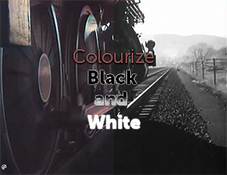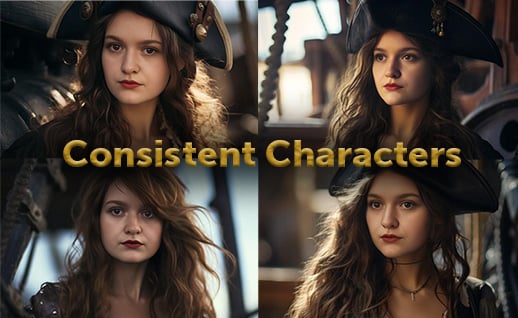The sixth annual Story conference, held in Chicago last week, provided valuable insights into the latest thinking and processes behind some of the world’s most exciting and successful companies, studios, and institutions.
Humbly billed as “a conference for creatives” — “if you enjoy creating things and learning from other creative people, this experience is for you” — creator Ben Arment’s event featured world-class talents. Speakers touched on several recurring themes: It’s about the struggle, the journey, not the goal. Create space for dumb ideas. Silence your inner critic. And hide the technology from whatever story you tell. Here are a few notes I took from some of my favorite speakers.
“Love is just another name for ‘it never gets old.’”
— Jonah Lehrer, writer
Many things bring us joy and satisfaction at first — then we become habituated to them. But habituation is not just a fact of life, it’s the fact of life: what we value most, what “never gets old” for us, is love. We shape our lives around the activities, things, and people that hold our interest.
“If the creative process isn’t testing the limits of your endurance, you’re probably not doing it right.” If we’re really doing what we love, the harder it gets, the more we love it. We’re biologically oriented to struggle — we release more dopamine (a neurotransmitter associated with pleasure and thrills) for near misses than for “hits” or successes.
“For Walt Disney, story was king.”
— Christopher Chapman, Director of Innovation and Creativity at Walt Disney
Walt Disney invented storyboarding. He was obsessed with getting every detail of a story right, and immersing spectators in it. (He even built tunnels under Walt Disney World so characters could quickly get on- or off-stage, and never spoil the illusion by walking through Tomorrowland in Frontierland costume.) Story informs every decision in the empire’s films and parks.
“We need worldly cloisters, private spaces in which to create without judgment.”
— Sarah Lewis, author and scholar
Honor mastery over success. Allow yourself to be a deliberate amateur — create a place (an actual place, or just a state of mind) where you can give up your expertise and silence your inner critic. Honor this embryonic state of the creative process. (It’s how the miracle material graphene was discovered.)
“Don’t censor your ‘dumb’ ideas. Dumb ideas can lead to good ideas.”
— Welby Altidor, Executive Creative Director of Creations at Cirque du Soleil
Creative principles for Cirque du Soleil shows:
- Transporting
- Immersive
- Human
- Perfect (strive for it)
- A feast for the senses
- Unexpected
- Dreamlike
- Connect to emotions
- Inspire to create change
Be careful what you name parts of your process. Cirque’s “lion’s den” critiques were feared, so they were renamed “jams” — where honest feedback from all was welcomed.
Cirque du Soleil has a spiral-shaped hedge at its headquarters that symbolizes the need to circle around to discover the idea, to gradually home in on it … it’s a reminder to build failure into your process, and learn how to fall before trying anything new.
A recent “dumb idea”? Using lampshades for a film using quadcopters. The results were anything but dumb.
“We strive for immediacy, immersion, and engagement.”
— Melissa Weigel, Director of Multimedia, Moment Factory
Experiences are what we live, experiences are what we remember. Hide the technology and retain the wonder (just like Disney and his tunnels).
“If you’re not content with where you are, you’ll never be content when you reach your goal.”
— Tony Hale, Emmy-award winning actor
Practice presence. You have value wherever you are, right this moment.
Still in header image from clip D118_62_102
Posted by
Jon Parker
.png)
.png)
.png)




